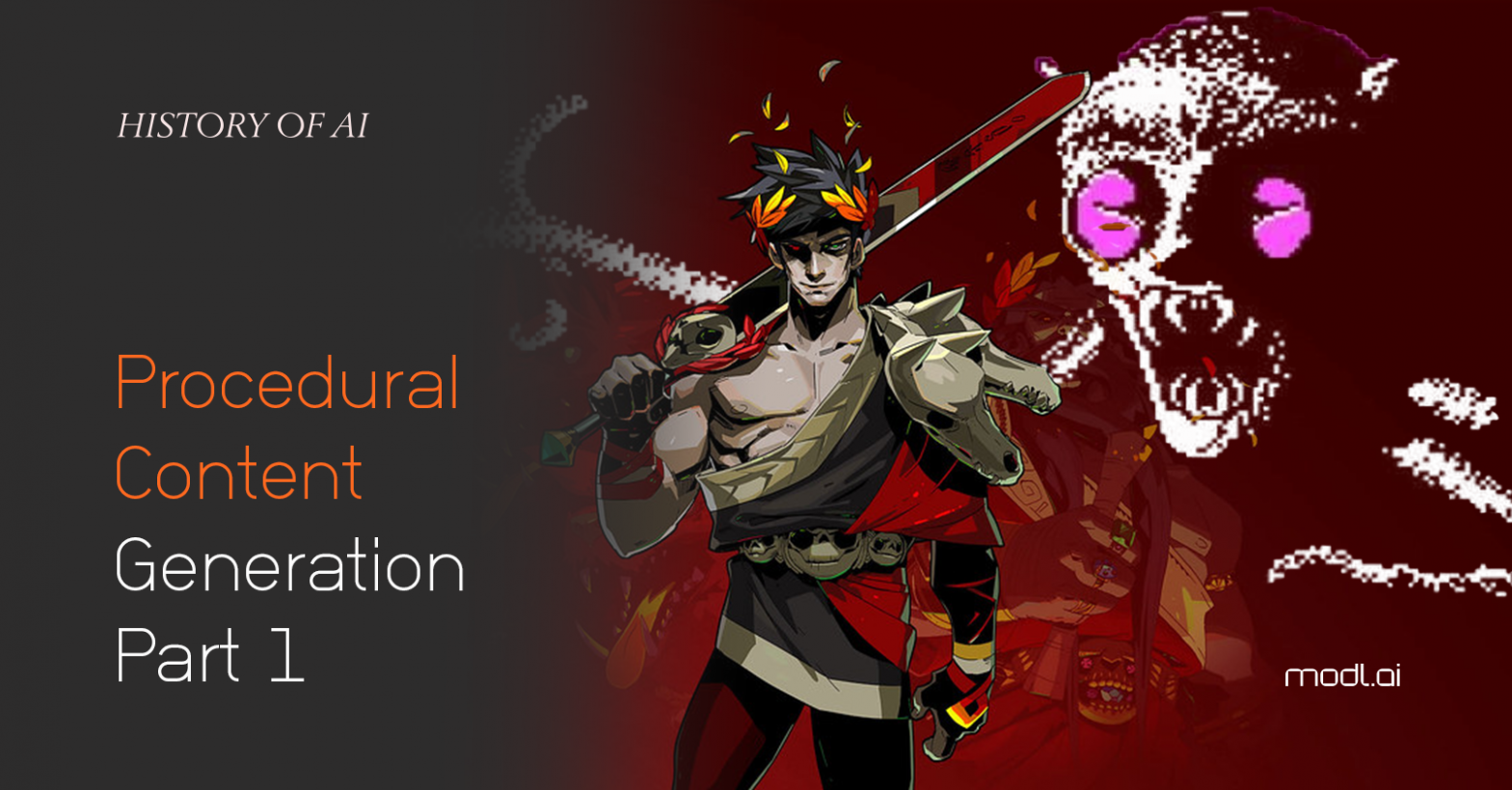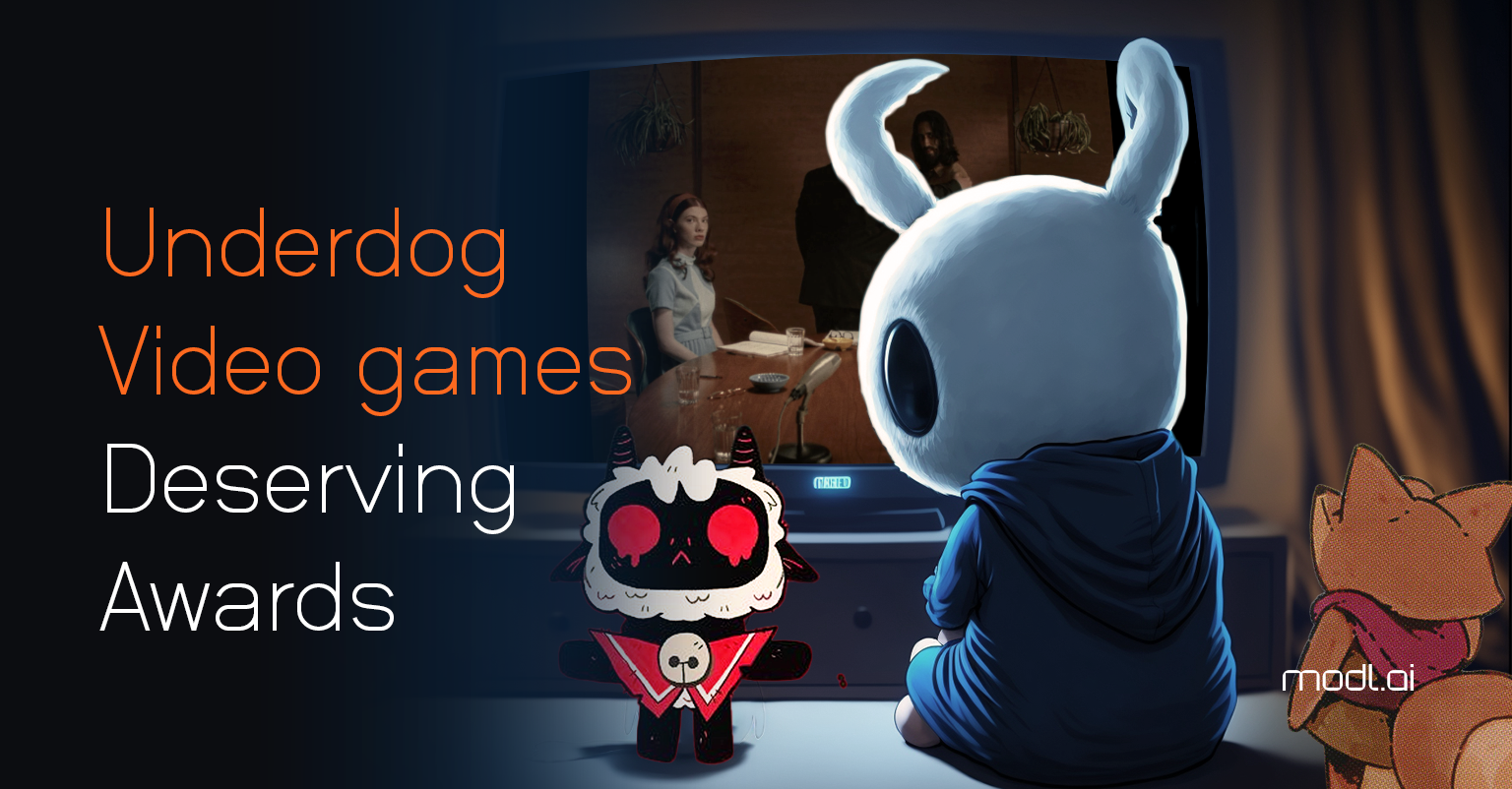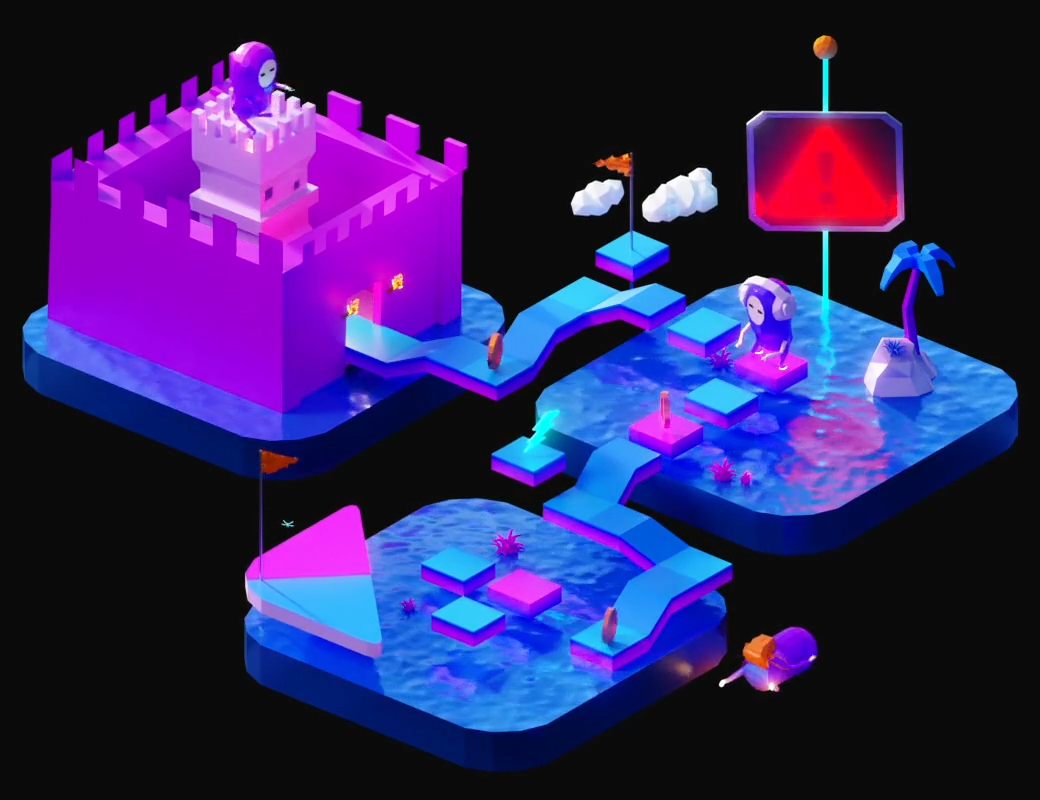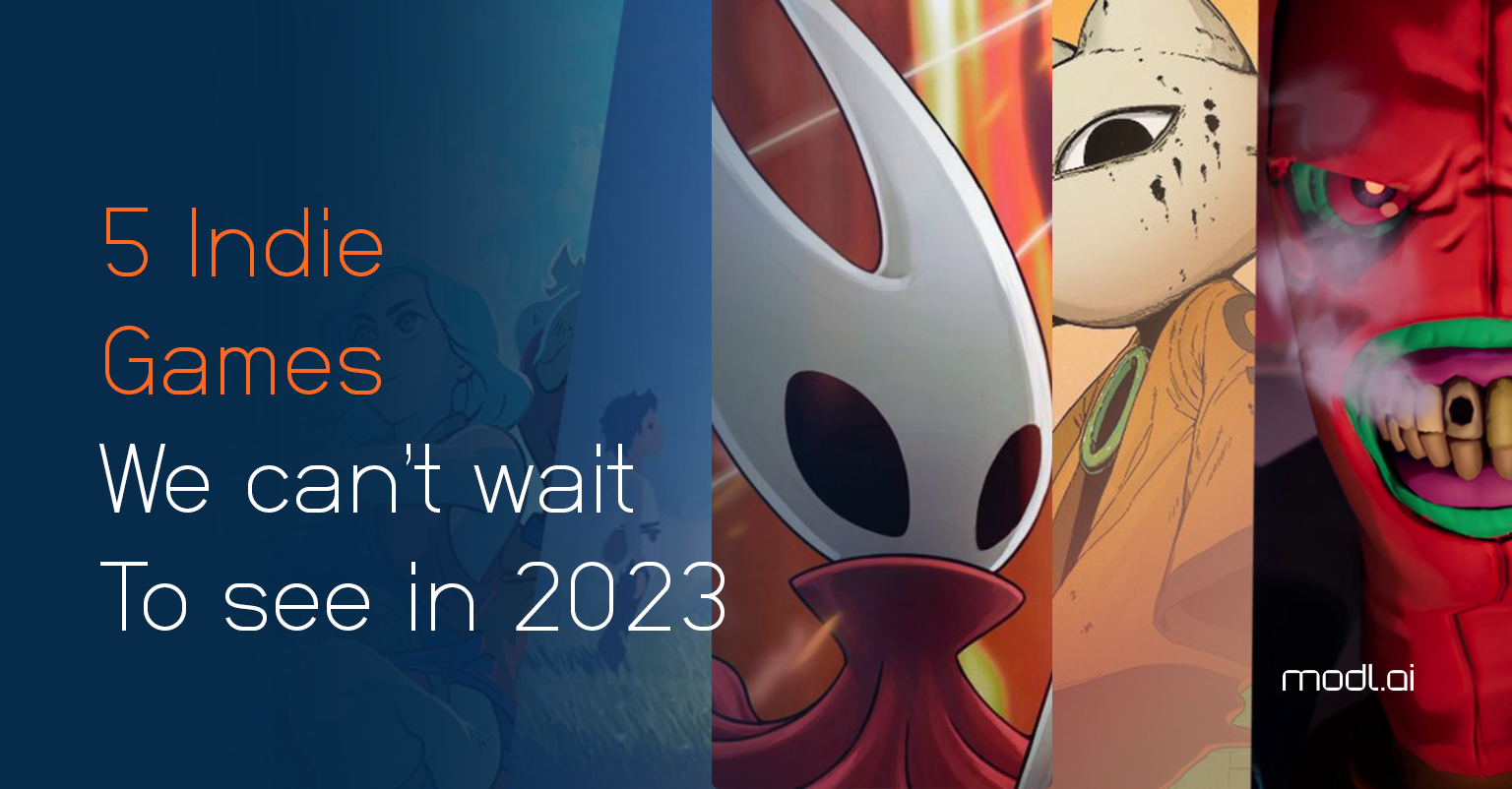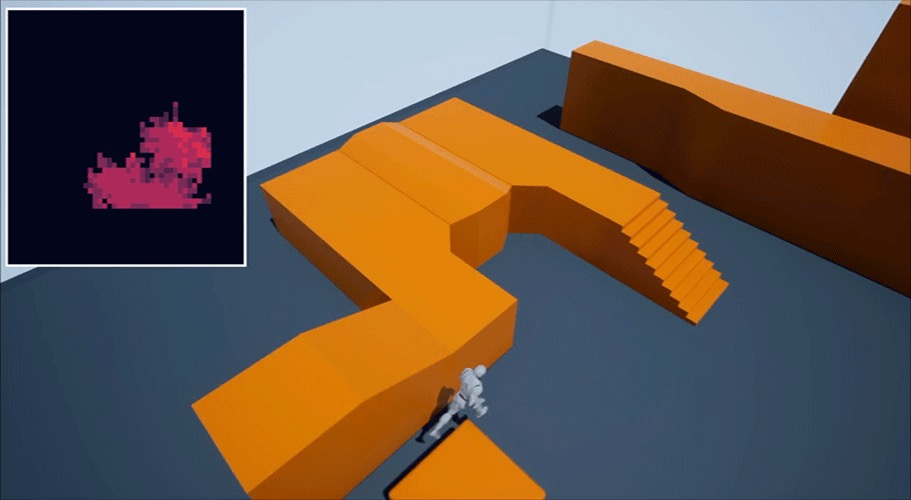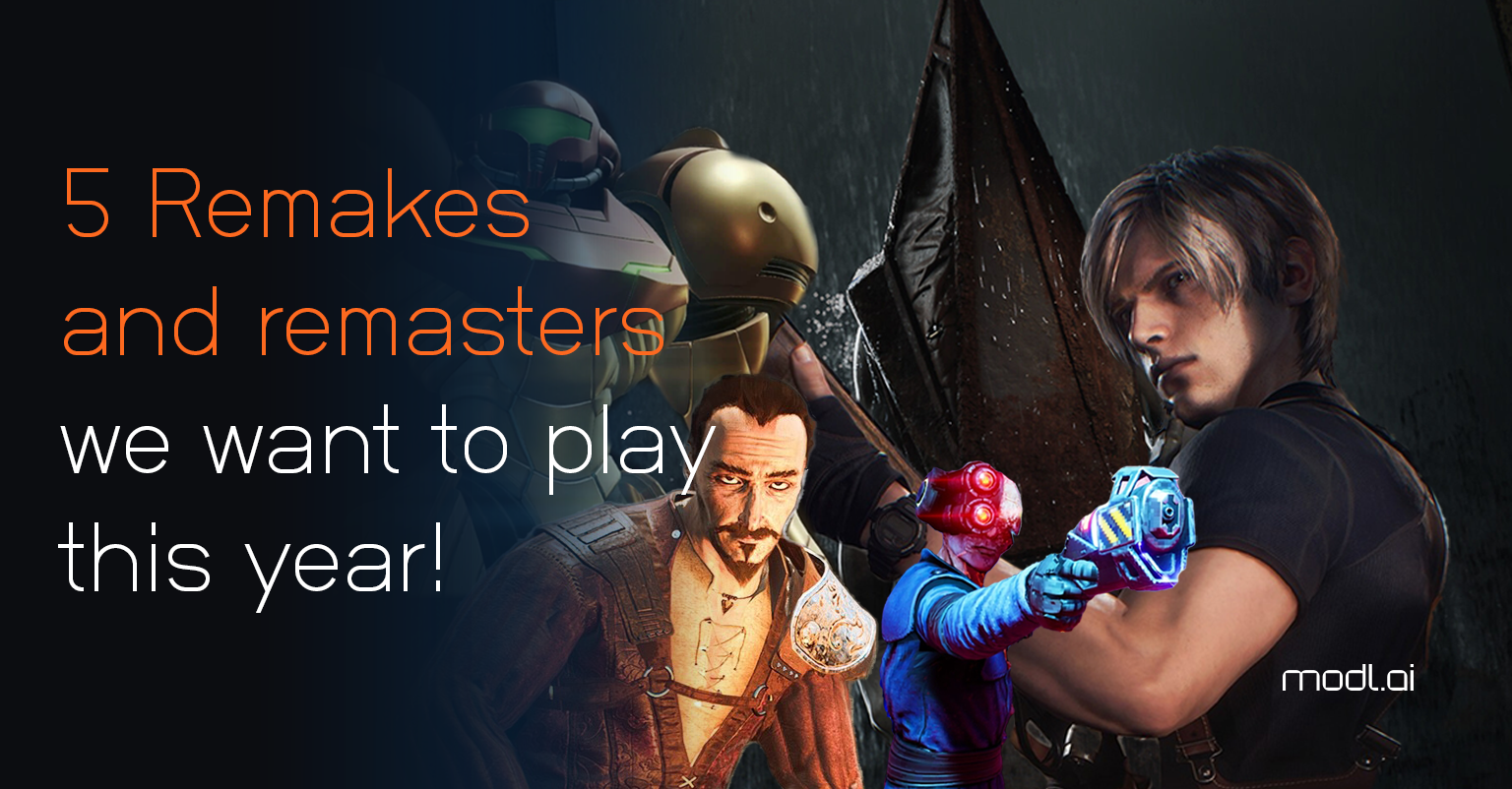Building AI for games is much more than just characters. While it’s now being used to improve animation, spot bugs and even detect cheaters, arguably the second most popular application is in generating videogame content.
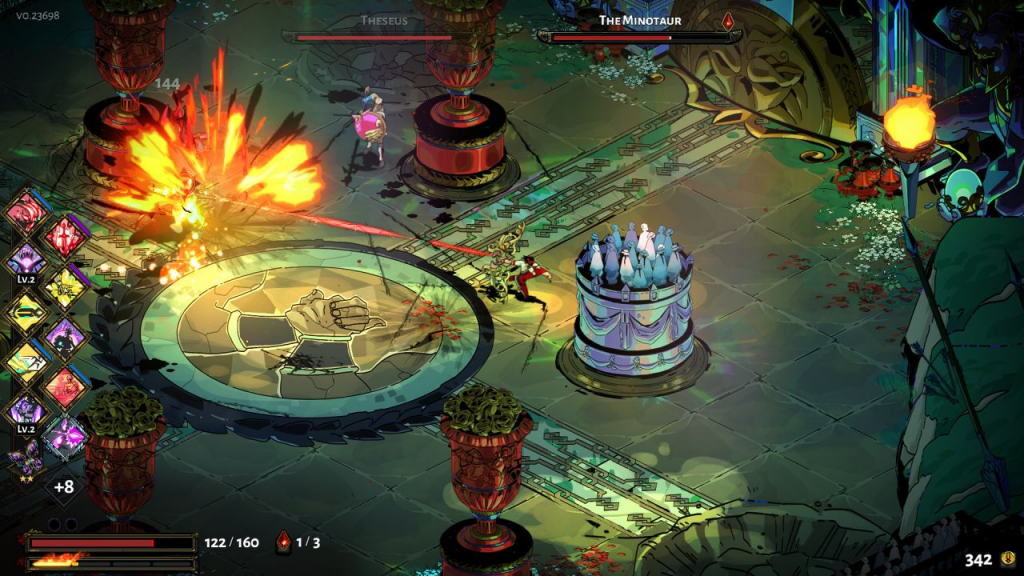
One of the biggest challenges any game developer can face is ensuring a lot of variety. Bringing players back to play one more round by giving new spins on old concepts: a level that plays similar but different to the last time you visited it, or a different combination of enemies appearing in a particular room or sequence. Sometimes even giving players the option to gamble: visiting more lucrative but more punishing segments versus taking a safer route. This pursuit for infinite variation can be seen in the biggest of AAA titles like Diablo and more recently Returnal on the Playstation 5, but it’s also a huge part of recent indie successes like Hades and Dead Cells.

In essence, all of these games have one source of inspiration: Rogue, a turn-based dungeon crawler released on a variety of personal computers in the 1980s. Rogue tasked players with burrowing down a series of dungeons to grab the Amulet of Yendor. But each time you play it, you would not just lose all progress, but any knowledge of the world you’d explored was no longer relevant, because it generated an entirely new set of dungeons each time.

Rooms would be placed randomly within the space, with corridors that then connect between them. Meanwhile the locations of monsters and treasures would be assigned after the rooms have been created. While the methods being used were fundamentally quite simple, it meant that no two runs through the game were the same and provided players with entirely new challenges in each run.
This is one of the earliest examples of what we now call procedural content generation: algorithms that create data by exploiting design knowledge with a hint of randomness. While rogue isn’t the first example of this idea, it popularised games where players take a run at a fully generated set of levels and challenges, hoping to survive as long as possible and score the highest amount of points. The term roguelike is used to refer to games that embrace these design tropes, as well as the classical ascii-art aesthetic (i.e. they’re a lot like rogue). With games such as NetHack and ADOM cementing the concept, and more modern titles like Dwarf Fortress carrying the mantle in recent years.

While procedural generation benefits players in providing a lot of variation each time you play, it’s also hugely beneficial to developers. Rogue’s creators: Michael Toy and Glenn Wichman were inspired by early text-based adventure games and the fantasy of Dungeons and Dragons, but they didn’t want to have to write every possible storyline that could happen, nor did they have the computing power to store them. So procedural generation can enable hundreds, thousands, millions of different scenarios to be created. If you need one ready to play? All it takes is the push of a button. The real trick is for developers to give the algorithm enough tools to play with, so those millions of scenarios can feel reasonably different from another.

And this idea is still useful today even with all the vast improvements to gaming hardware. Many indie developers and some AAA studios have taken the idea of rogue and applied it to other kinds of games. Roguelites as they’re called, use the same concepts of one life per playthrough and the procedural generation of the environments, but they use it for different genres. Binding of Isaac takes many of the original ideas of Rogue, and turns it into a real-time top-down action adventure, while Spelunky applies them to a platformer. This has of course led to a variety of critically acclaimed games such as FTL, Nuclear Throne and Enter the Gungeon. All of these titles are completely distinct from one another, but all share that core DNA from Rogue.
For this and more on our History of AI series, be sure to check back in frequently with us here at modl.ai.

